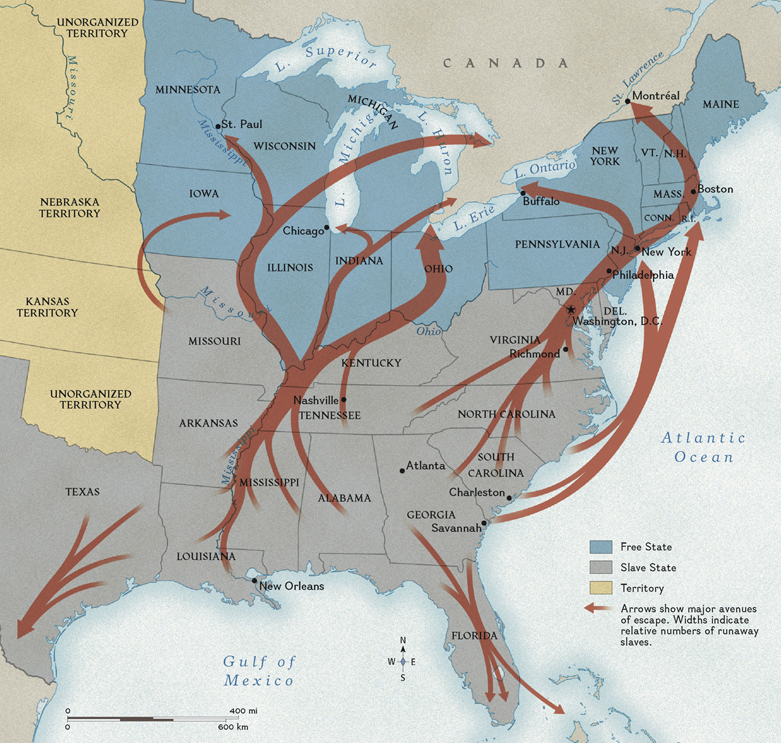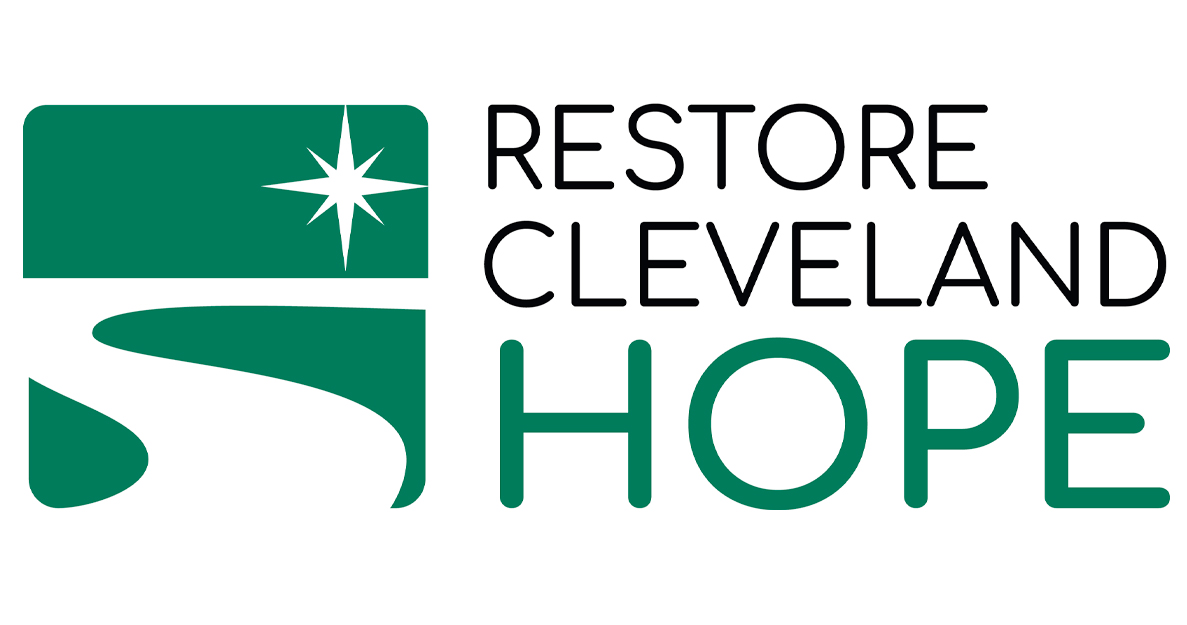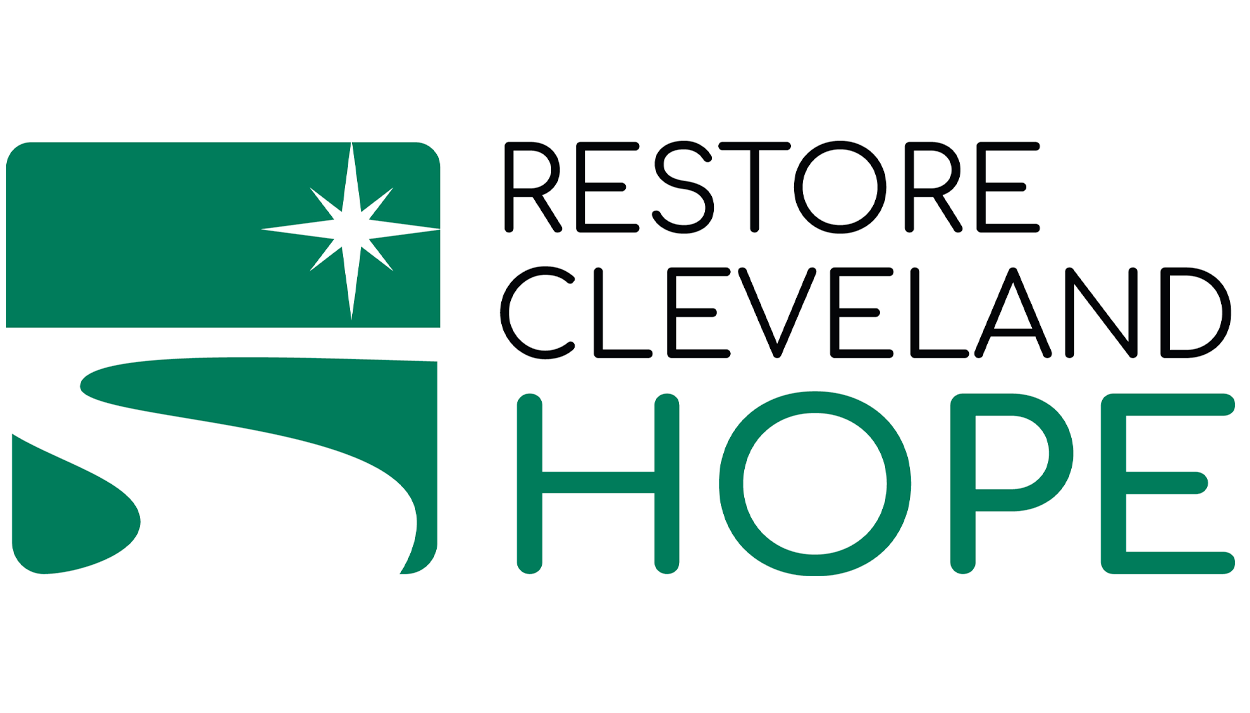
Underground Railroad: Routes to Freedom
Underground Railroad in Cleveland
In 1853, Andrew Cozad built a home for his son Justus at what is now the corner of Mayfield Road and E. 115th Street. When it was built, Cleveland was a vibrant Underground Railroad station, code-named “Hope.” When the freedom seekers reached Hope on Lake Erie’s shore, they were close to freedom in Port Stanley, Ontario, which was code-named God Be Praised. It was a dangerous time for courageous freedom seekers and brave conductors. In the dark of night, on Buffalo Road (now known as Euclid Avenue) freedom seekers were hidden in freeman John Brown’s barbershop, the last stop before boarding a boat to Canada.
In a church newsletter, Cleveland abolitionist, Horace Ford wrote: “…it was a hazardous business to those more immediately engaged in it, inasmuch as the laws of the national government made it a criminal offense, punishable by fine and imprisonment, to give a panting fugitive a piece of bread or point him to the free soil of Canada.”
Acts of heroism and humanity permeated the University Circle area in the years leading up to the Civil War. The Cozad-Bates house is the only pre-Civil War building still standing. The beautiful Italianate home now sits in the heart of Cleveland’s cultural and intellectual district. The Cozads and their neighbors, the Fords, owned much of the land now occupied by Case Western Reserve University, The Cleveland Museum of Art, Cleveland Botanical Garden, Cleveland Museum of Natural History, University Hospitals and Severance Hall.
Acts of heroism and humanity were also evidenced throughout the 1960 Civil Rights era. In a September 1960 New York Times article Martin Luther King described the courageous young Freedom Riders as:
“…carrying forward a revolutionary destiny of a whole people consciously and deliberately. Hence the extraordinary willingness to fill the jails as if they were honors classes and the boldness to absorb brutality, even to the point of death, and remain nonviolent. [Their] inner strength derives from [their] goal of freedom”
Inspired by the spirit of the Underground Railroad and mindful of the 1960 Civil Rights revolution, community activist and writer Joan Southgate set out to help reclaim Cleveland’s remarkable anti-slavery past. In May 2003, Southgate started the last leg of her 519-mile Underground Railroad walk to Canada from the back porch steps of Cozad-Bates. Within months of completing her walk, Southgate founded a grass-roots organization intent upon saving this last link to Cleveland’s abolitionist past from years of neglect, abandonment and urban encroachment. The group adopted the name Restore Cleveland Hope. Among the founding members of Restore Cleveland Hope is Virginia Mook, a descendant of a documented Underground Railroad conductor and Doan’s Creek resident Horace Ford.
In a February 2000 report The Cleveland Planning Director, Hunter Morrison declared: “This is a unique history which, unlike that of Oberlin College to the west, is largely unknown and completely uncelebrated.” Cozad-Bates “can help this generation and those who will follow to understand a period of rare courage where black and white came together in the unrelenting pursuit of freedom.”

